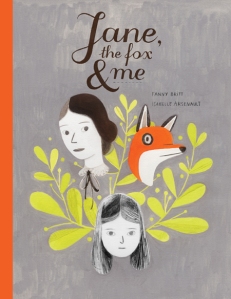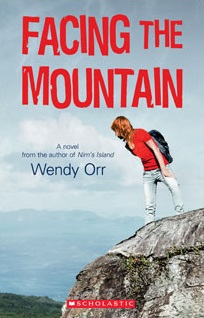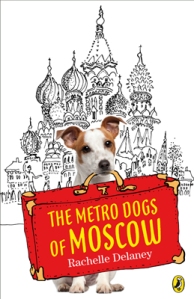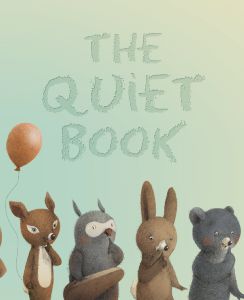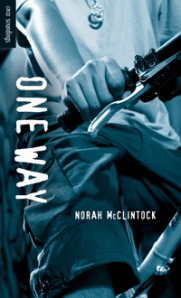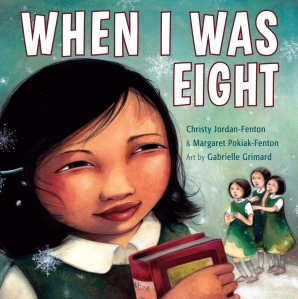 At eight years old, Olemaun helps with the sled dogs and her father’s hunting. Sometimes, her older sister reads her stories. But what Olemaun really wants to do is learn to read books for herself. She knows that you have to go to the outsiders’ residential school to do so, but it takes all winter to convince her father to let her go. When it’s finally warm enough to take the family’s furs into town for trading, Olemaun joyfully begins school — and discovers that not only will most of her time be spent working rather than learning, but one of the nuns has developed a personal grudge against her.
At eight years old, Olemaun helps with the sled dogs and her father’s hunting. Sometimes, her older sister reads her stories. But what Olemaun really wants to do is learn to read books for herself. She knows that you have to go to the outsiders’ residential school to do so, but it takes all winter to convince her father to let her go. When it’s finally warm enough to take the family’s furs into town for trading, Olemaun joyfully begins school — and discovers that not only will most of her time be spent working rather than learning, but one of the nuns has developed a personal grudge against her.
But Olemaun — now Margaret — is determined. She turns the same tenacity that got her into school to the task of getting her through it. Along the way, she takes every opportunity, from cluttered chalkboards to product labels, to practice her reading. In the process, she finds out that reading, and the stories it opens to her, give her resources to take on such challenges with confidence.
When I Was Eight is based on Margaret Pokiak-Fenton’s own childhood experiences, and it does a beautiful job of making a difficult part of Canadian history accessible to very young readers. The story calls for some discussion with an adult in order to provide context, but it also makes space for positive conversations about the value of reading, and of tenacity in working for the things that are important to us.
If you’d like to share Olemaun’s story with older readers, check out Fatty Legs, which tells the story at a middle grade level, and includes photographs from Margaret Pokiak-Fenton’s childhood at home and at the residential school.
See samples of Grimard’s gorgeous illustrations on the publisher’s page (just click “look inside” on the right side of the screen).
Find out what others thought at Kiss the Book and CM Magazine.
Thanks to NetGalley and Annick Press for the review copy.

